We went to the American Swedish Institute in Minneapolis, Minnesota, to get some Swedish eats, check out the museum, and tour their historic house.
Their restaurant, FIKA, came on radar as a place to get Nordic-inspired food, as Minnesota has a history of Nordic settlers that make for some good eats in the area.
After I got over my sticker shock at how much our lunch was going to cost, I went ahead and ordered the Toast Skagen (Shrimp, Lemon Dill Aioli, Cornichon, Caper, Roe, and Soft-Boiled Egg on Brioche), and it was delicious. Doug ordered the recommended Swedish Meatballs and was less impressed.
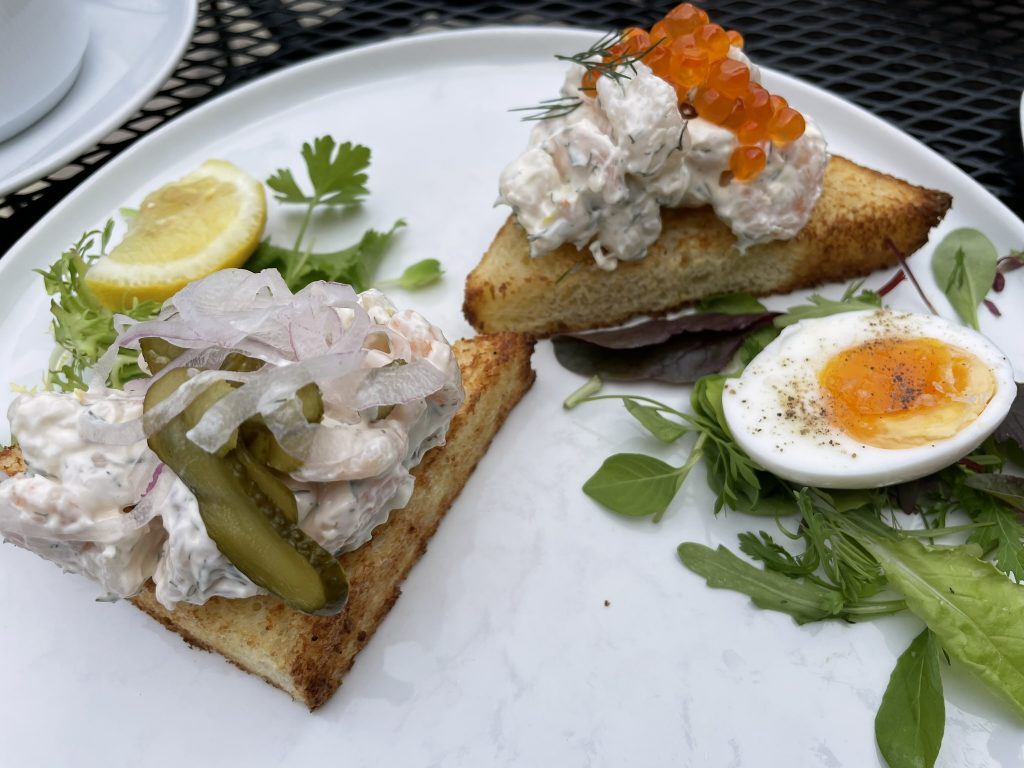
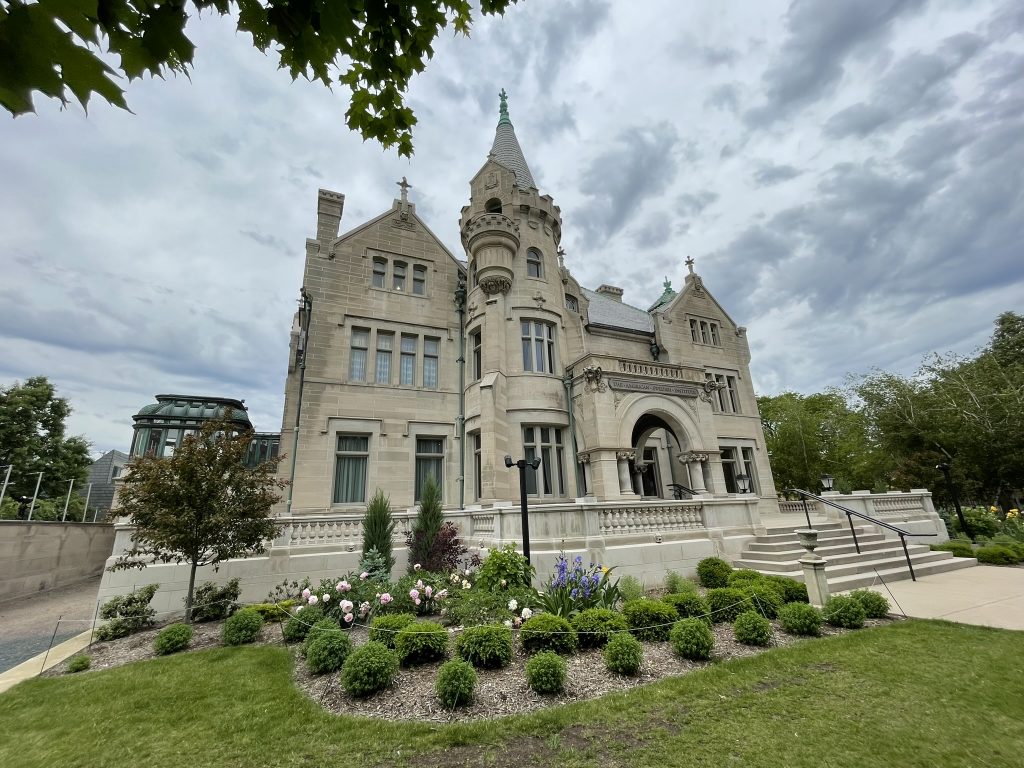
Though billed as a museum, they didn’t really have anything on permanent display (the cover photo of Dala horses was on display in a hallway). They do cycle through temporary exhibits, but they were between exhibits during our visit. The Institute also hosts events and classes related to Nordic culture.
The “wow” part of our visit was the Swan Turnblad Mansion, which was completed in 1908. The Turnblads were Swedish immigrants to Minnesota, with Swan immigrating in 1868 when he was eight, and Christina coming in 1876 when she was 15.
Swan’s story was truly rags-to-riches, where he rose from impoverished young man to a very successful publisher – and eventually owner – of a Swedish language newspaper. It’s amazing to think that the community that wanted a Swedish language paper was so large it not only supported a newspaper but made its owners very wealthy.
The Turnblads married in 1883, and had just one child, Lillian Zenobia. They built their mansion using cash on hand, at an estimated cost of $1 million! The family did not much live in the home, seeming to prefer a nearby apartment instead. It’s not clear if they even finished furnishing the mansion!
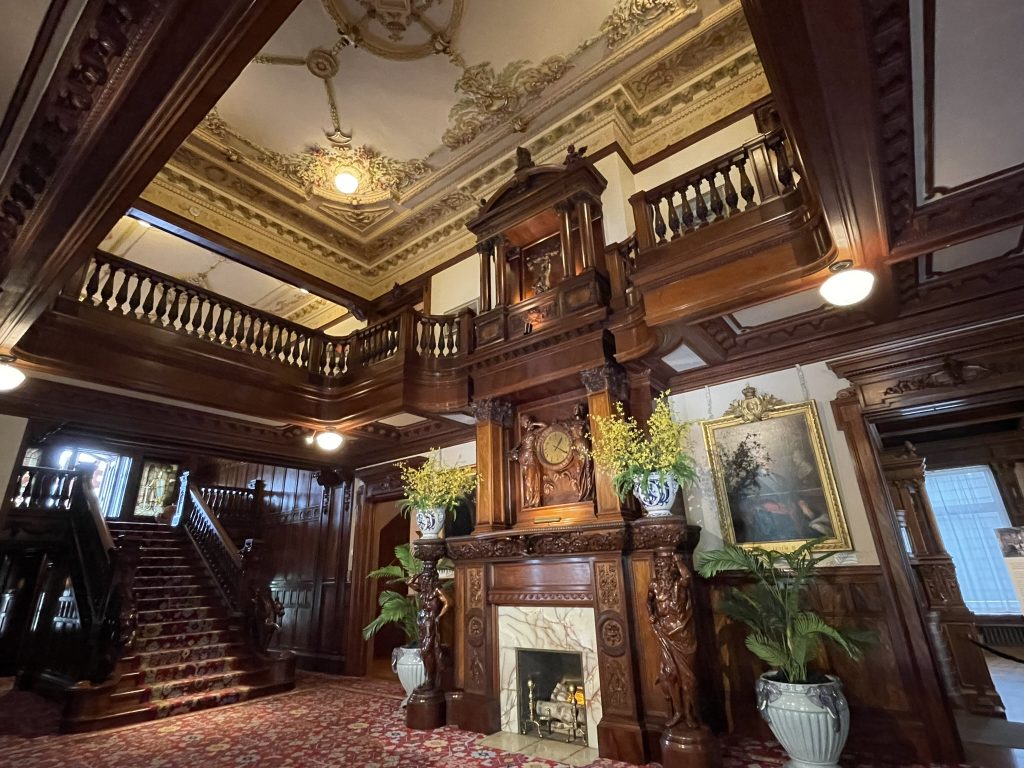
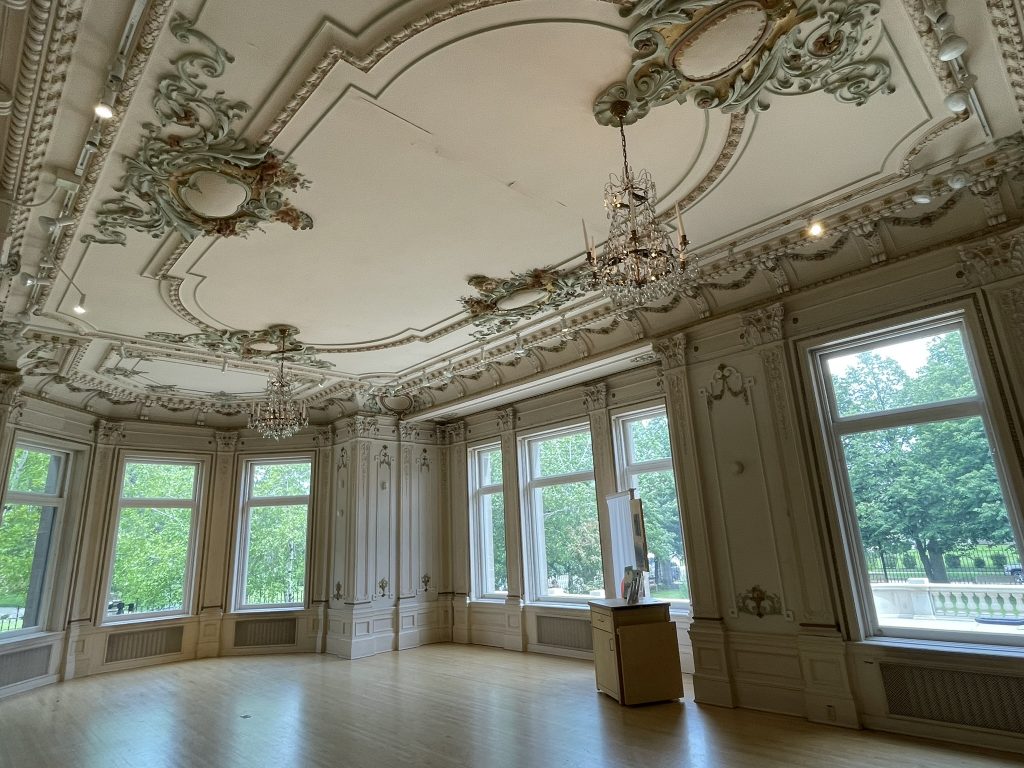
The mansion features 33 rooms in different architectural styles, with woodwork and decorative plaster throughout. There are 11 tile stoves (“kakelugnar”) that were imported from Sweden, mostly for decorative purposes, and the builders and decorators actually used the colors and patterns from the stoves to paint the trim and molding and other details in the rooms! The home without furnishings is truly impressive as a work of art in its own right. It felt like nearly every surface was decorated in some way.
The Turnblads donated the home to the American Institute for Swedish Arts, Literature, and Science (later renamed to the American Swedish Institute) in 1929, which Swan said had been the plan all along. Of course, why else would have built such a large home for his small family, and then not even live in it?
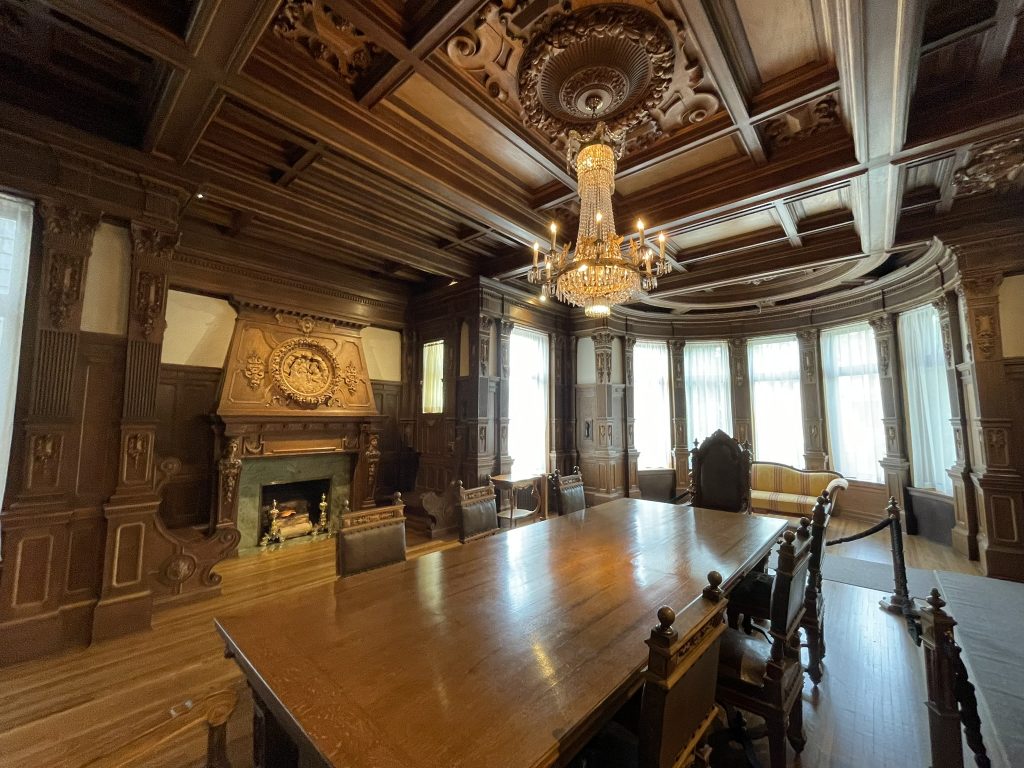
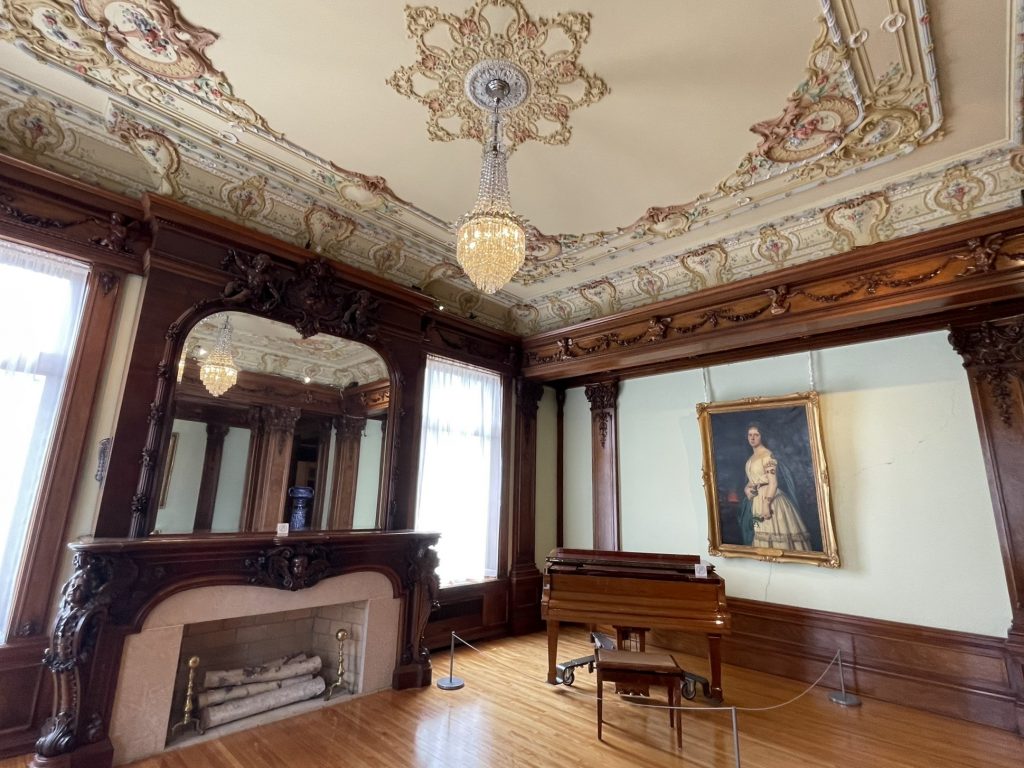
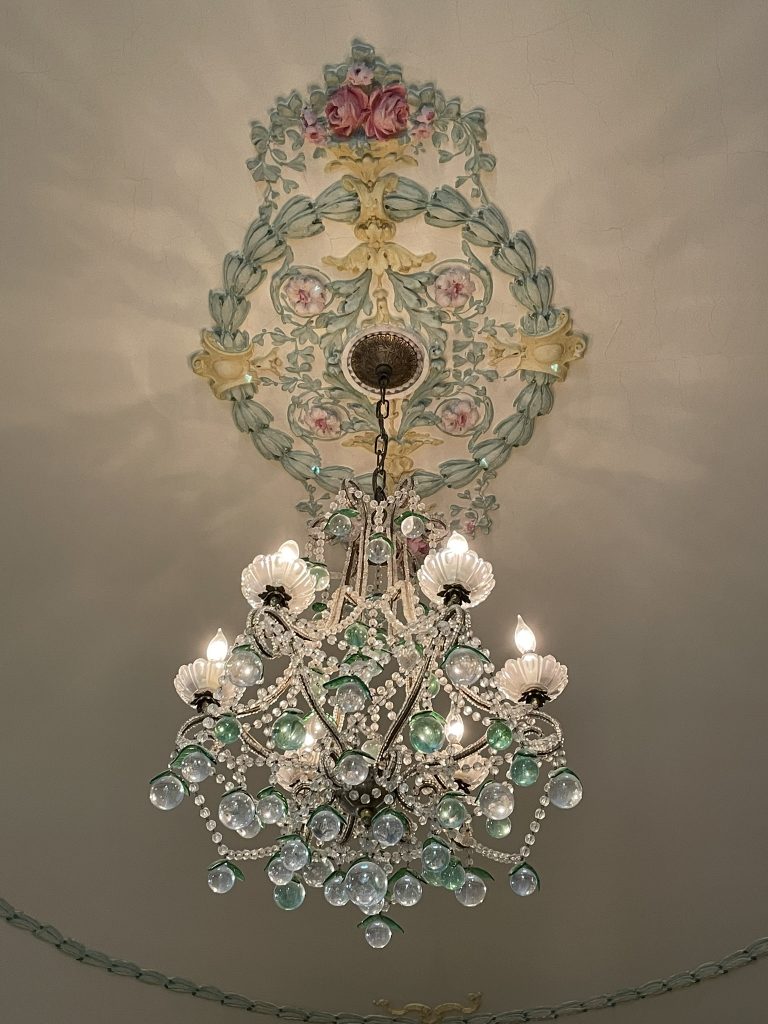
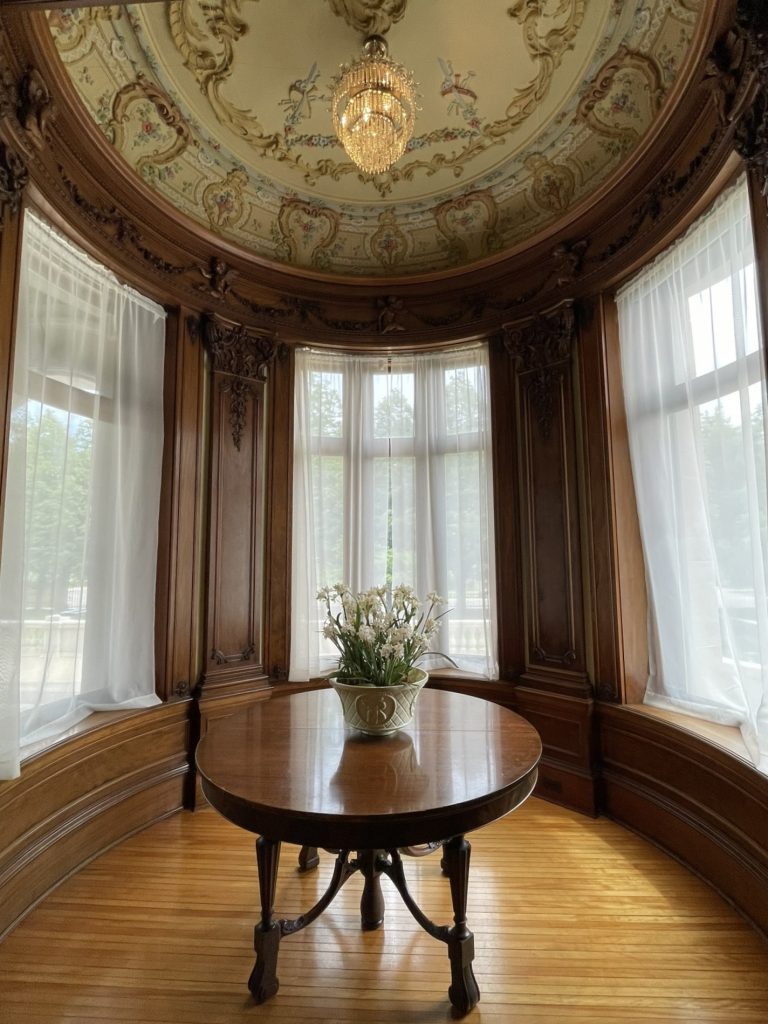
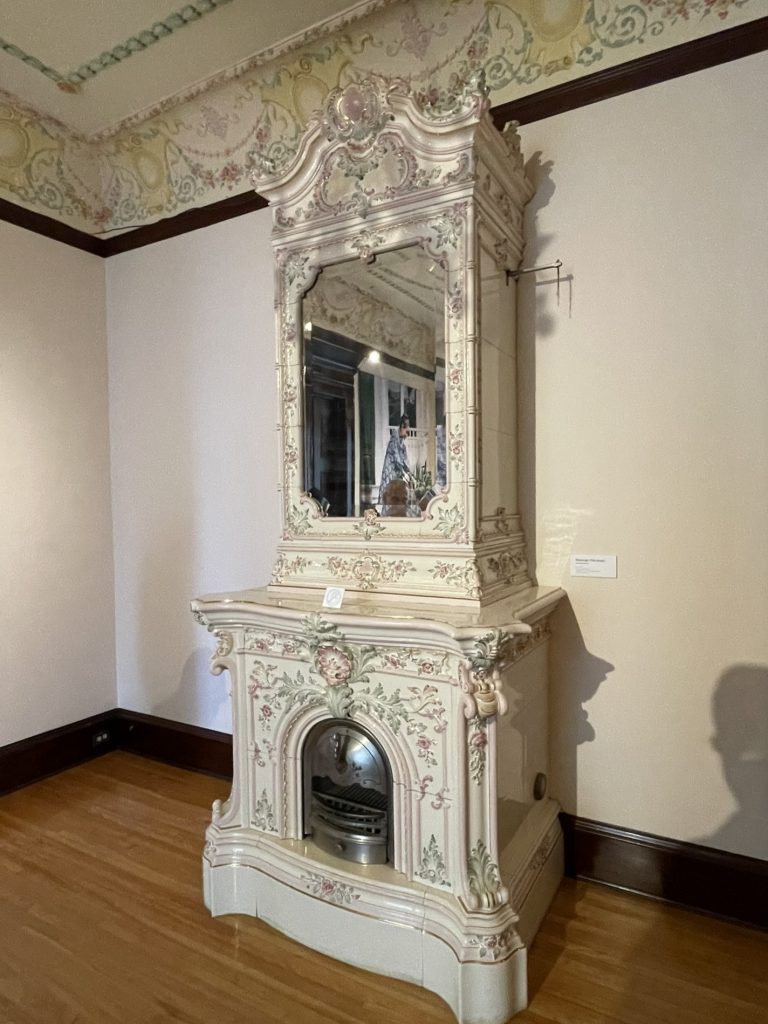
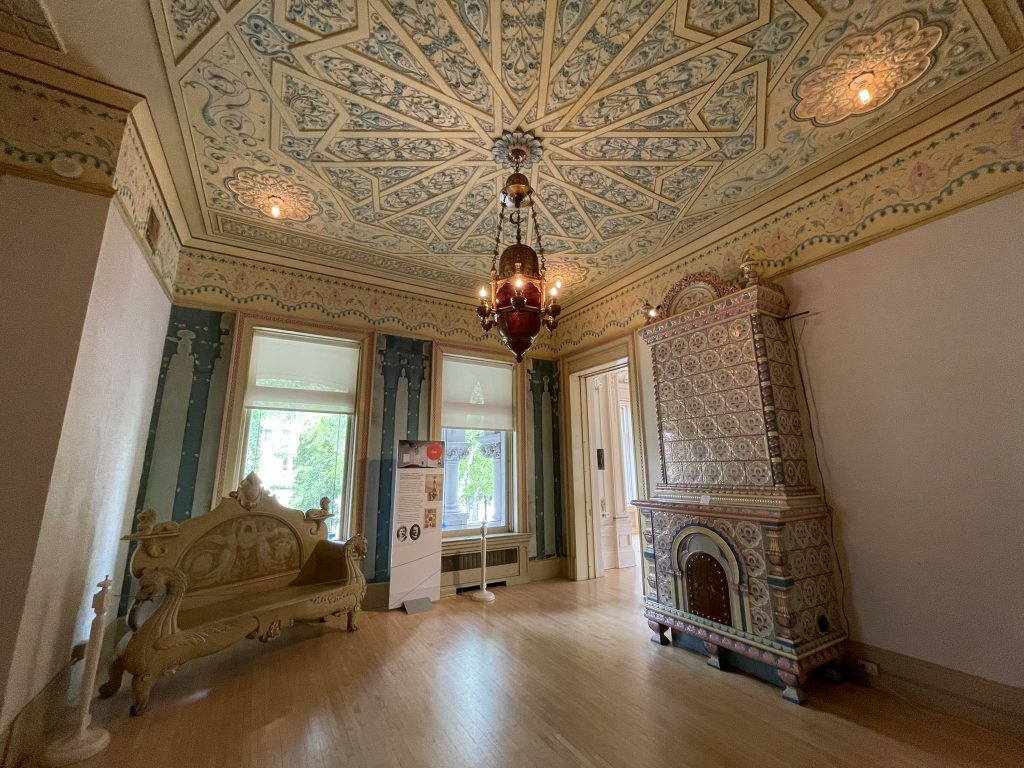
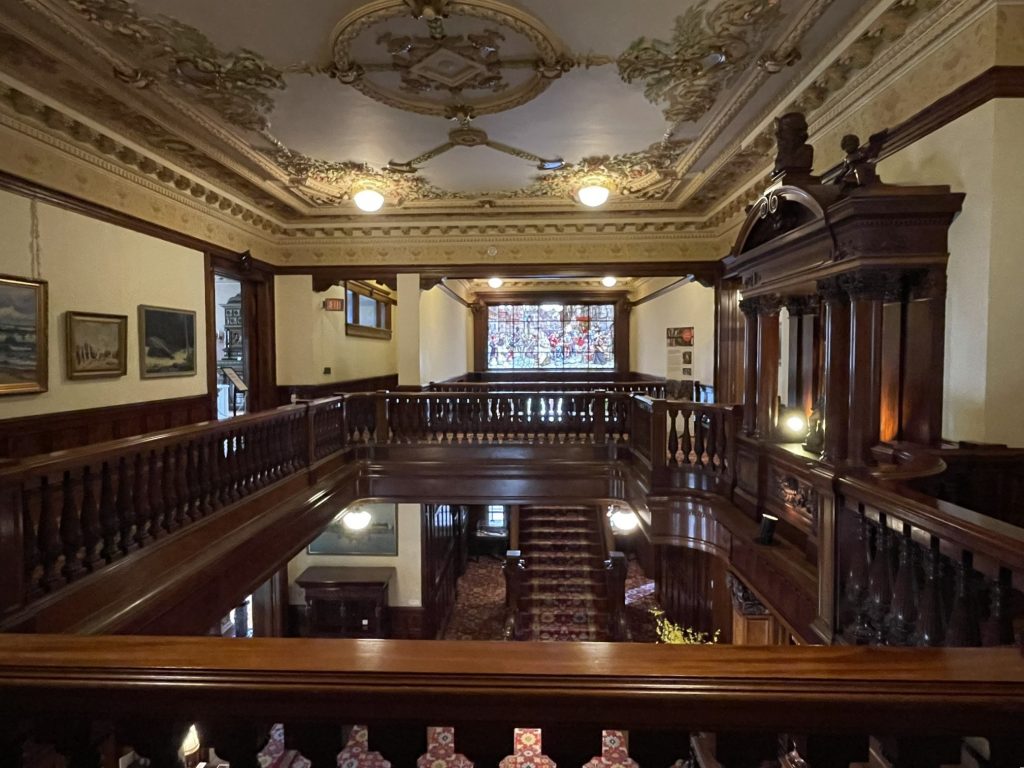
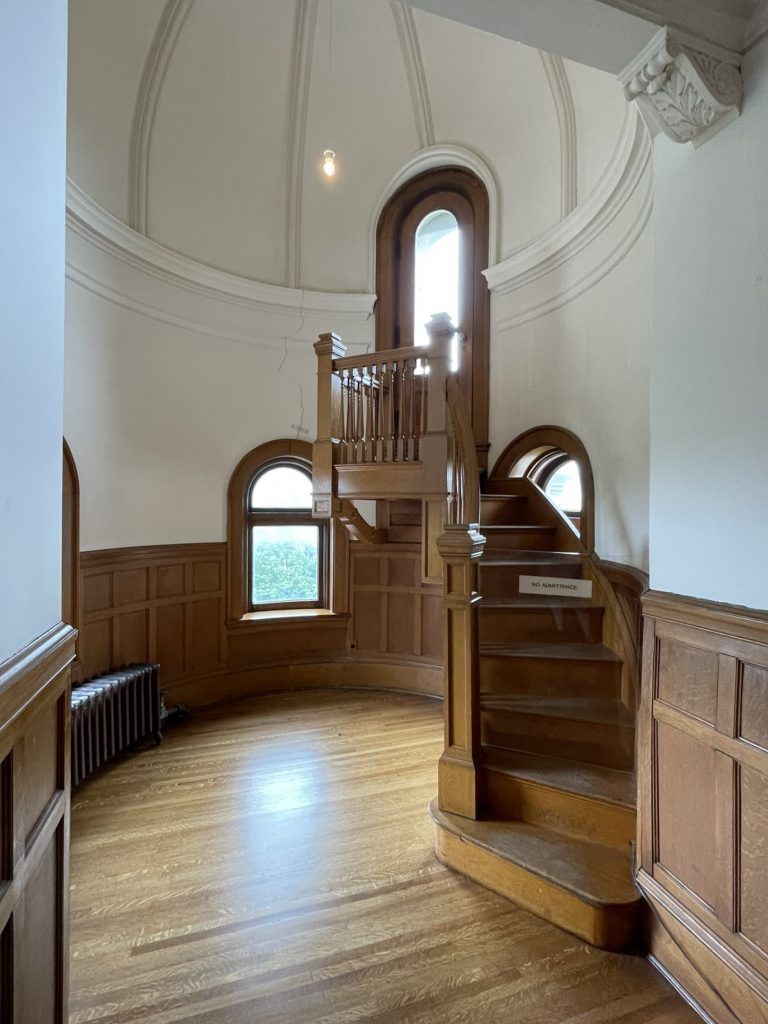
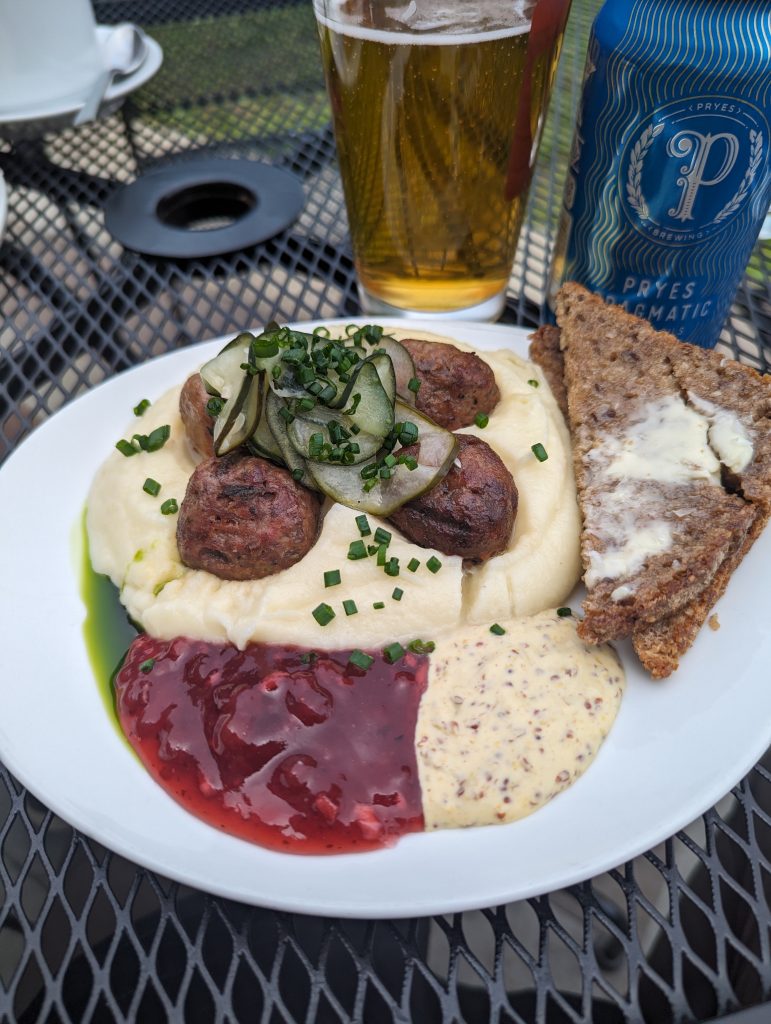
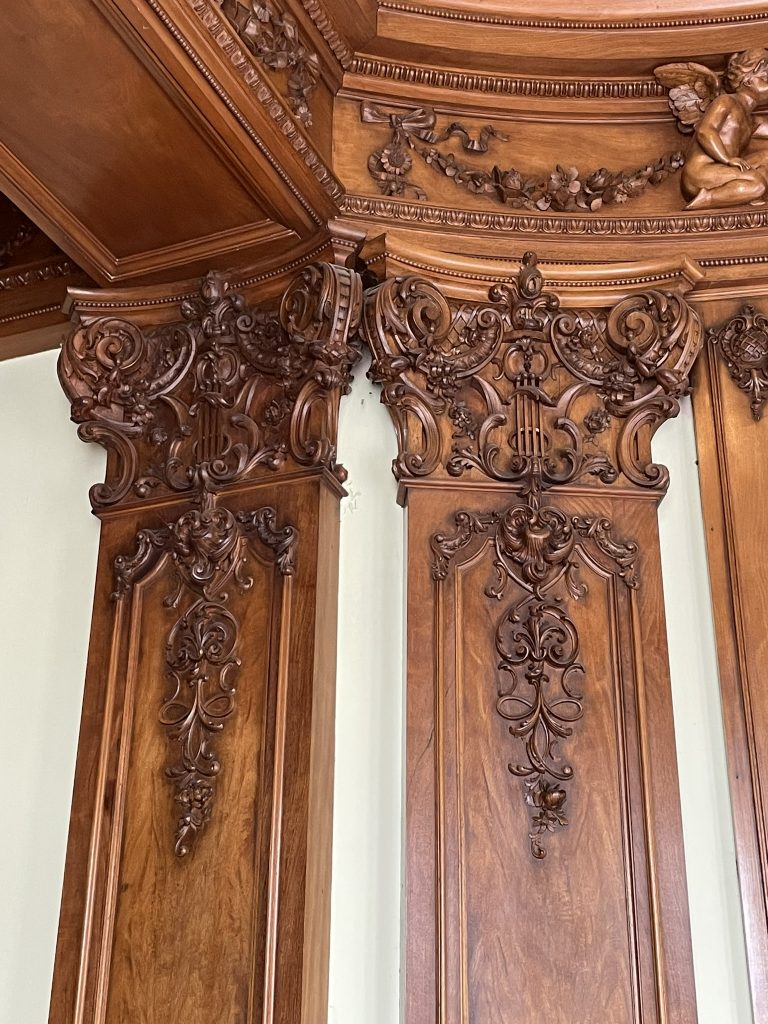





The ceilings are amazing! Wow for the whole home!
I wonder what it looked like furnished!